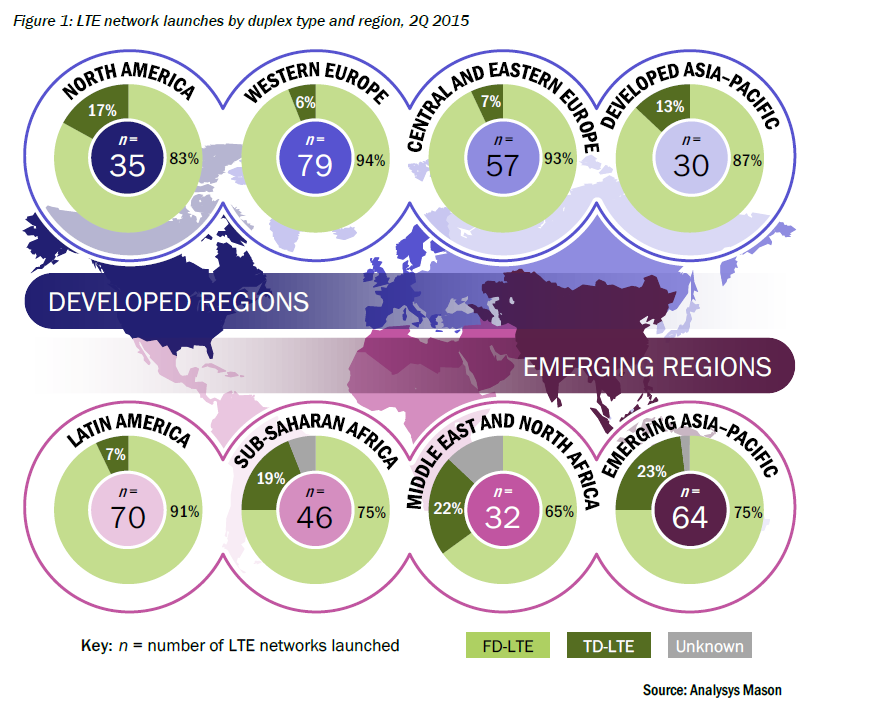SDN and NFV have gained immense popularity recently. Not only are they considered important for reducing the Capex and Opex but are being touted as an important cog in the 4.5G/5G network.
See here for instance.
I introduced NFV to the blog nearly a year back
here. ETSI had just published their first specs around then. When I talked about SDN/NFV
back in May, these ETSI standards were evolving into a significant reference documents. This is a reason 4G Americas
recently published this whitepaper (embedded below), for the operators to start migrating to NFV architecture to reap long term benefits. The following is from the whitepaper:
The strategies and solutions explored in the 4G Americas report on NFV aim to address these issues and others by leveraging IT virtualization technology to consolidate many network equipment types onto industry standard high volume servers, networking and storage. NFV is about separating network functions from proprietary hardware and then consolidating and running those functions as virtualized applications on a commodity server. Broadly speaking, NFV will enable carriers to virtualize network functions and run them as software applications within their networks. NFV focuses on virtualizing network functions such as firewalls, Wide-Area Network (WAN) acceleration, network routers, border controllers (used in Voice over IP (VoIP) networks), Content Delivery Networks (CDNs) and other specialized network applications. NFV is applicable to a wide variety of networking functions in both fixed and mobile networks.
“NFV is making great progress throughout the world as operators work with their vendor partners to address the opportunities of increasing efficiency within their network infrastructure elements,” stated Chris Pearson, President of 4G Americas. “There is a great deal of collaborative innovation and cooperation between wireless carriers, IT vendors, networking companies and wireless infrastructure vendors making NFV for LTE possible.”
Global communication service providers, along with many leading vendors, are participating in the European Telecommunications Standards Institute’s (ETSI) Industry Specification Group for Network Functions Virtualization (NFV ISG) to address challenges such as:
- An increasing variety of proprietary hardware appliances like routers, firewalls and switches
- Space and power to accommodate these appliances
- Capital investment challenges
- Short lifespan
- A long procure-design-integrate-deploy lifecycle
- Increasing complexity and diversity of network traffic
- Network capacity limitations
Three main benefits of NFV outlined in the 4G Americas paper include:
- Improved capital efficiency: Provisioning capacity for all functions versus each individual function, providing more granular capacity, exploiting the larger economies of scale associated with Commercial Off-the-Shelf (COTS) hardware, centralizing Virtual Network Functions (VNFs) in data centers where latency requirements allow, and separately and dynamically scaling VNFs residing in the user (or data or forwarding) plane designed for execution in the cloud, control and user-plane functions as needed.
- Operational efficiencies: Deploying VNFs as software using cloud management techniques which enables scalable automation at the click of an operator’s (or customer’s) mouse or in response to stimulus from network analytics. The ability to automate onboarding, provisioning and in-service activation of new virtualized network functions can yield significant savings.
- Service agility, innovation and differentiation: In deploying these new VNFs, time-to-market for new network services can be significantly reduced, increasing the operator’s ability to capture market share and develop market-differentiating services.
In particular, mobile operators can take advantage of NFV as new services are introduced. Evolved Packet Core (EPC), Voice over LTE (VoLTE), IP Multimedia System (IMS) and enhanced messaging services, among others, are examples of opportunities to use virtualized solutions. Some operators started deploying elements of NFV in 2013 with an expectation that many service areas could be mostly virtualized in the next decade.
The whitepaper as follows:









































